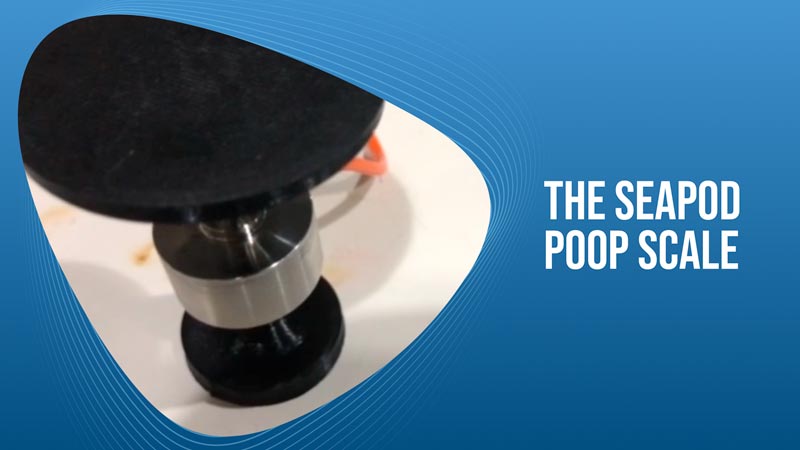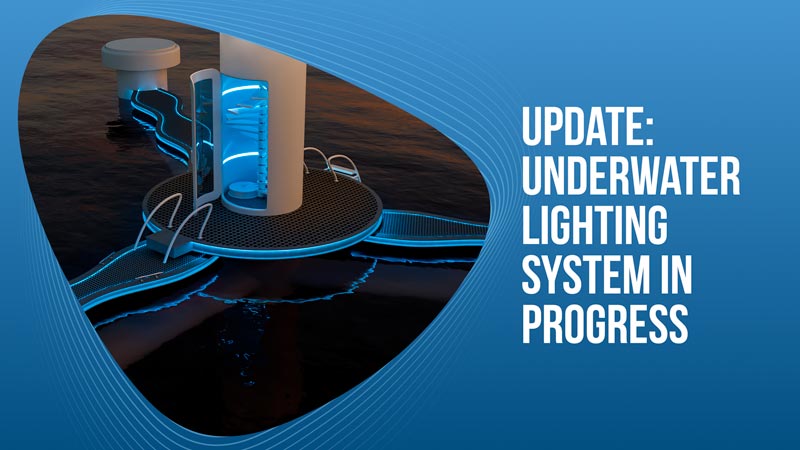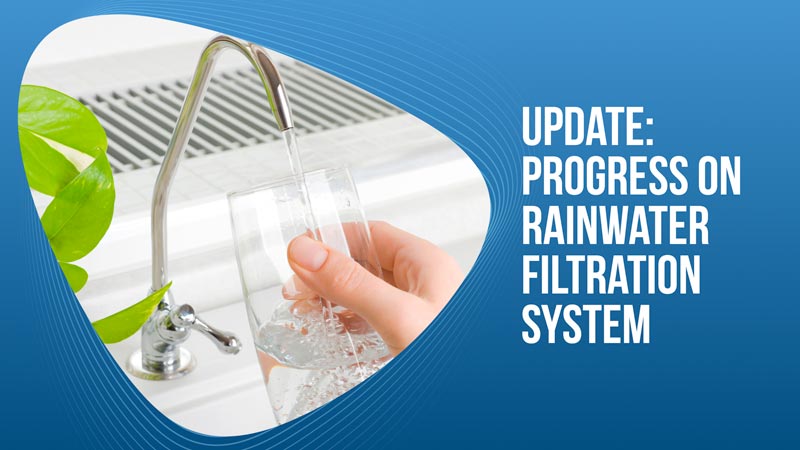
The SeaPod uses a jet incinerator to dispose of the solid waste from our toilet system. This incinerator is fueled by propane so it is something that needs to be efficient so that it does not burn unnecessary fuel.
We could not design the incinerator to operate on a regular basis based on time because depending on how much the toilet is being used, there may be more or less than the optimal amount of waste in the chamber when the incinerator burns.
To avoid wasting propane by operating the incinerator when there is only a little bit of waste in the chamber, we have implemented a poop scale to monitor how much solid waste is in the chamber and then move it to the incinerator when it determines that there is enough to warrant burning the propane.
This scale will be connected to the “solid” side of the waste separator(link to poop separator article) so that it only weighs the solid waste that will be burned. The scale can be adjusted to trigger at a specific weight. Once that weight has been met, it will relay the message to the home automation system which will activate a piston that will move the waste into the chamber where it will be burned.
Efficiency is critical in a home like the SeaPod because our resources are more limited than a traditional home. That isn’t necessarily a bad thing though because traditional homes are very wasteful and we want to live as efficiently as possible. Making sure that the incinerator only burns when it has the optimal load is an important part of making the SeaPod super-efficient.



